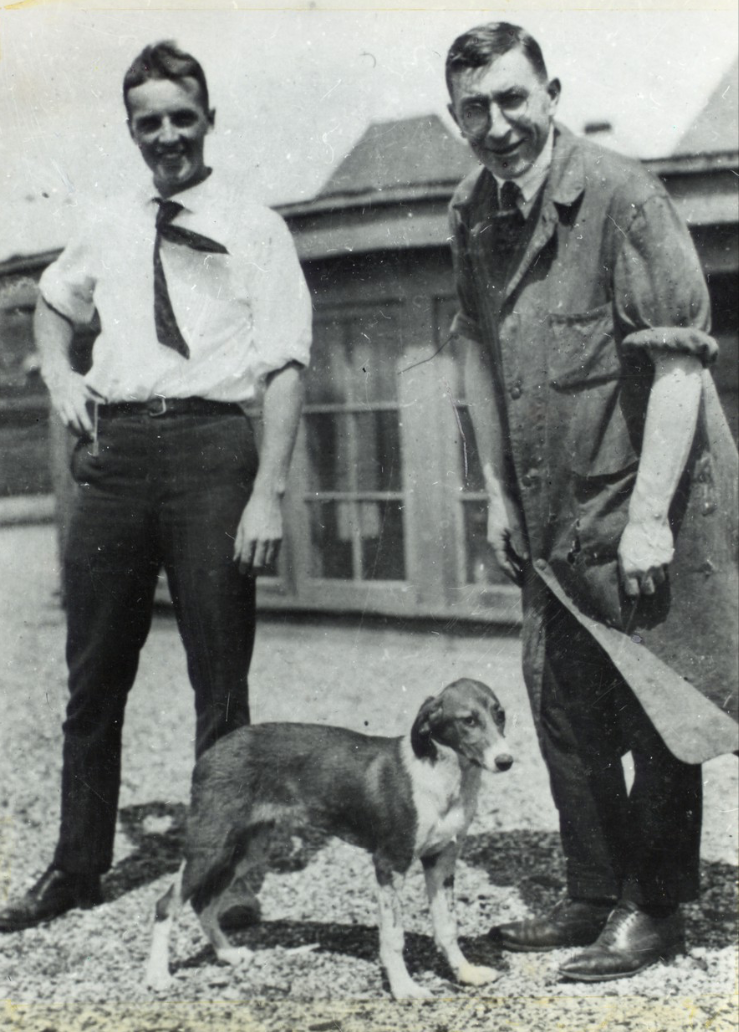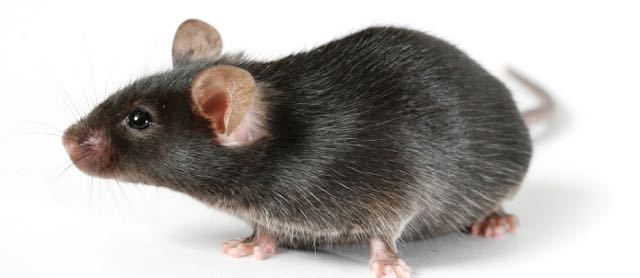Charles Best and Frederick Banting, with one of their research subjects. University of Toronto Archives
This post describes some of the many pathways to scientific discovery. No single model applies to all discoveries, and most discoveries contain elements of different models. I will focus on the field I know best, biomedical research. Biomedical discoveries are usually, but not exclusively, the result of hypothesis- and curiosity-driven “small science”. In contrast, the first report of evidence for the Higgs Boson at the LHC in Switzerland listed over 2500 authors from some 180 institutions, and depended on the construction of a 5 billion dollar supercollider with an annual operating budget of one billion.… Read the rest “THE ART OF SCIENTIFIC DISCOVERY”





